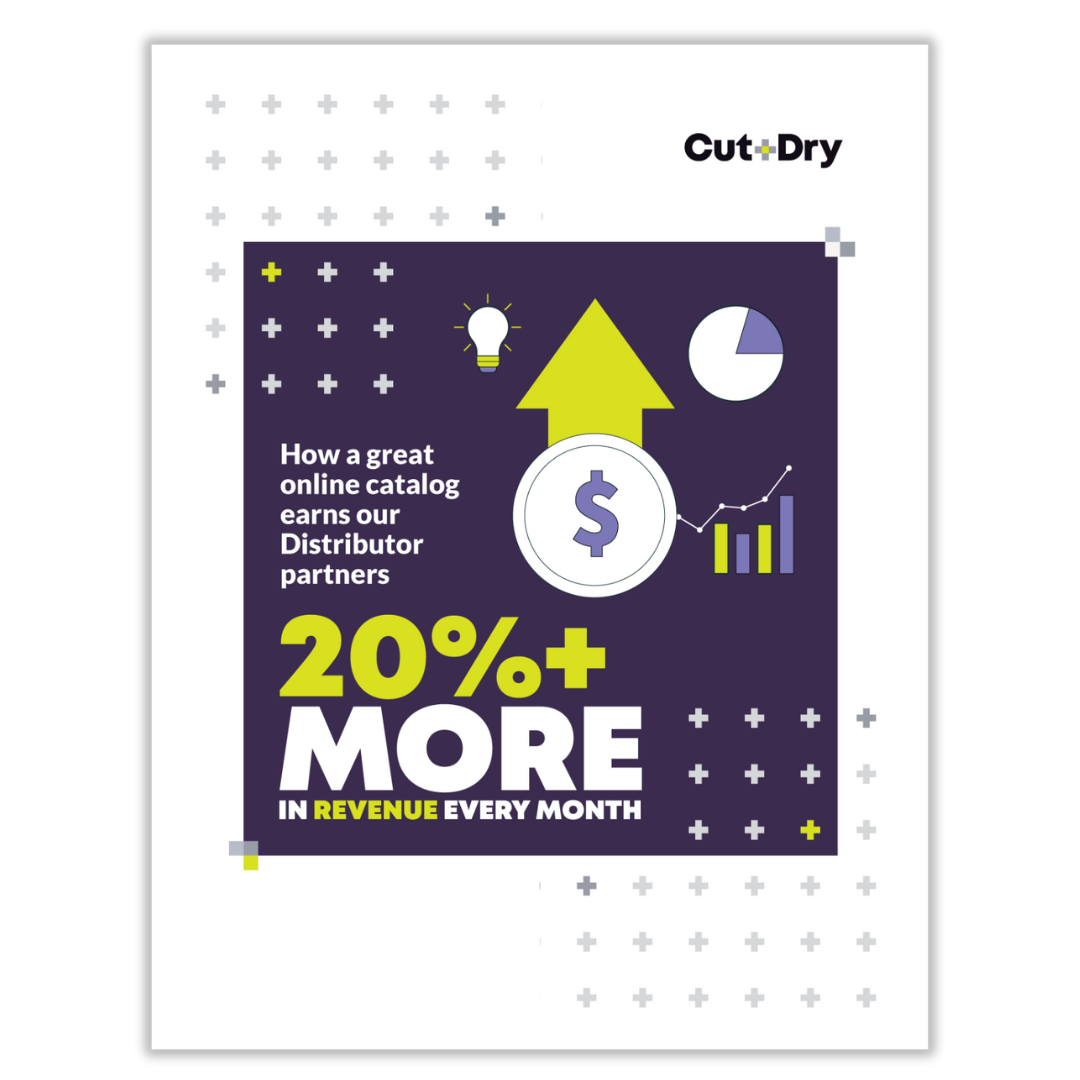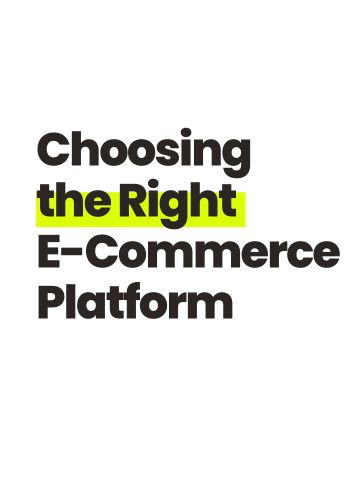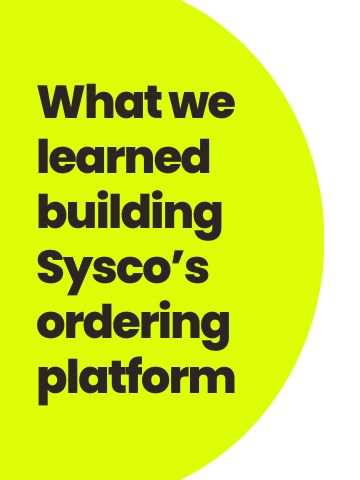Having a pricing engine is a major advantage for Foodservice distributors, especially in such a competitive industry. By optimizing prices and profitability, there's an obvious net positive impact on your company's bottom line.
A pricing engine can increase customer satisfaction and loyalty by streamlining how your business works as transparent and fair pricing practices build trust with customers, encouraging repeat business.
Manual pricing processes which depend on humans are prone to errors - even a 2% error can be significant. They are also time-consuming. A pricing engine automates calculations and updates, and as with automating anything, this greatly reduces the risk of errors and error occurrence.
With its analytical capabilities, it allows your business to make data-driven decisions on pricing strategies, product positioning, and market expansion —and, best of all, get higher margins on products. You're no longer groping in the dark.
What is a pricing engine?
A pricing engine is a software tool or system that automates and facilitates the process of setting and adjusting prices for products and services. It is a critical tool for Foodservice e-commerce and is a key benefit of going digital for Foodservice distributors.
A pricing engine typically functions like this:
- It uses algorithms and analytical models to analyze aggregated data such as historical sales data, demand data, etc. This analysis helps in understanding pricing patterns, demand trends, and cost structures, which are important for determining optimal pricing strategies.
- Enables dynamic pricing adjustments based on real-time data and market conditions. This includes things like changes in demand, seasonal variations, fluctuations in input costs, and competitive pricing movements.
- A pricing engine can allow you to use rule-based pricing strategies. For instance, the pricing engine can apply rules based on customer segmentation, volume discounts, contract terms, or promotional offers - tailored to your needs.
- Finally, it integrates other systems you use, such as your ERP, CRM, and e-commerce platforms. This integration ensures that pricing decisions are aligned with inventory management, customer data, and sales operations.
As an add-on, pricing engines also allow you to do simulations and what-if analyses to test the impact of pricing changes before implementation. This helps in evaluating different pricing scenarios and predicting outcomes on revenue, profitability, and customer behavior.
It might seem overwhelming at this point, but don't worry. In the world of e-commerce, a pricing engine is a critical tool for strategic pricing management and it's not hard to implement (well at least when you have Cut+Dry to do it with you).
What a pricing engine can do for Foodservice distributors?
Manual pricing processes are prone to errors and can be time-consuming. A pricing engine reduces the workload for sales and pricing teams. This allows them to focus on strategic activities like customer relationship management and market expansion. Here’s what a pricing engine can do:
- Optimize Prices and Maximize Profits: Uses machine learning and data analysis to find the best prices that balance competitiveness and profitability.
- Competitive Pricing: Analyze competitor prices and market trends to set competitive prices that attract customers while maintaining profits.
- Dynamic Pricing: Adjusts prices in real-time based on factors like seasonal demand, supplier costs, and market conditions.
- Rule-Based Pricing: Allows setting pricing rules based on customer segments, locations, and time periods.
- Analytics: Provides insights into customer behavior, product performance, and market trends to make informed decisions.
Overcoming obstacles with pricing engines in the Foodservice distribution industry
Pricing engines are great, but they are not without their challenges either.
One of the primary challenges is integrating diverse data sources into the pricing engine. Foodservice distributors may have data spread across multiple systems, such as ERP, CRM, inventory management, and sales platforms. Making sure data flows seamlessly and consistently is crucial for accurate pricing decisions.
The effectiveness of a pricing engine heavily depends on the quality and accuracy of the data it processes. Inaccurate or incomplete data can lead to flawed pricing recommendations, affecting profitability and customer relationships. Cleaning and validating data before integration is essential but can be time-consuming.
B2B pricing can be highly complex, involving various factors such as volume discounts, contract terms, rebates, and negotiated prices. Designing pricing algorithms that accommodate these complexities while remaining transparent and fair is a significant challenge.
Implementing a pricing engine often requires changes in organizational processes and cultural norms. Resistance from stakeholders who are accustomed to traditional pricing methods can affect adoption, and so, adequate training must be given to sales teams and pricing managers to help them understand how to interpret pricing insights, use simulation tools, and apply pricing strategies to achieve business goals.
Addressing these challenges may require a strategic approach with collaboration across departments, and possibly external expertise from pricing consultants or technology providers specializing in pricing solutions.
Conclusion
While implementing a pricing engine as a Foodservice distributor can be challenging—from data integration complexities and algorithm design to complex pricing models—the potential benefits far outweigh these obstacles. By using advanced data analytics and automation to your advantage, your business can optimize pricing strategies, increase profitability, and maintain a competitive edge.
Successful implementation requires careful planning, collaboration across teams, and ongoing fine-tuning to adapt to market dynamics. Ultimately, implementing a pricing engine not only streamlines operations but also empowers your business to make informed, strategic pricing decisions that drive growth, expansion and customer satisfaction.

















